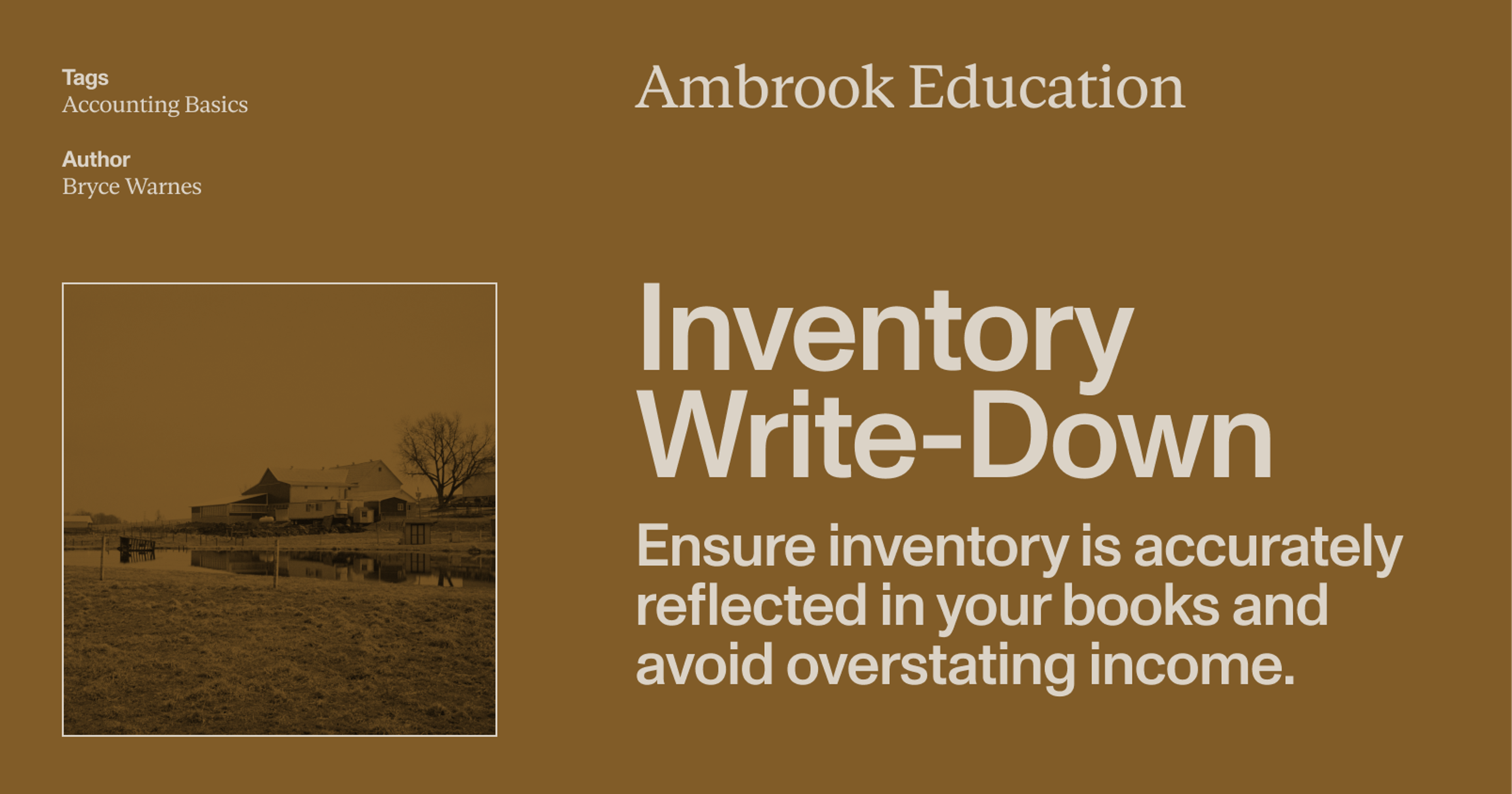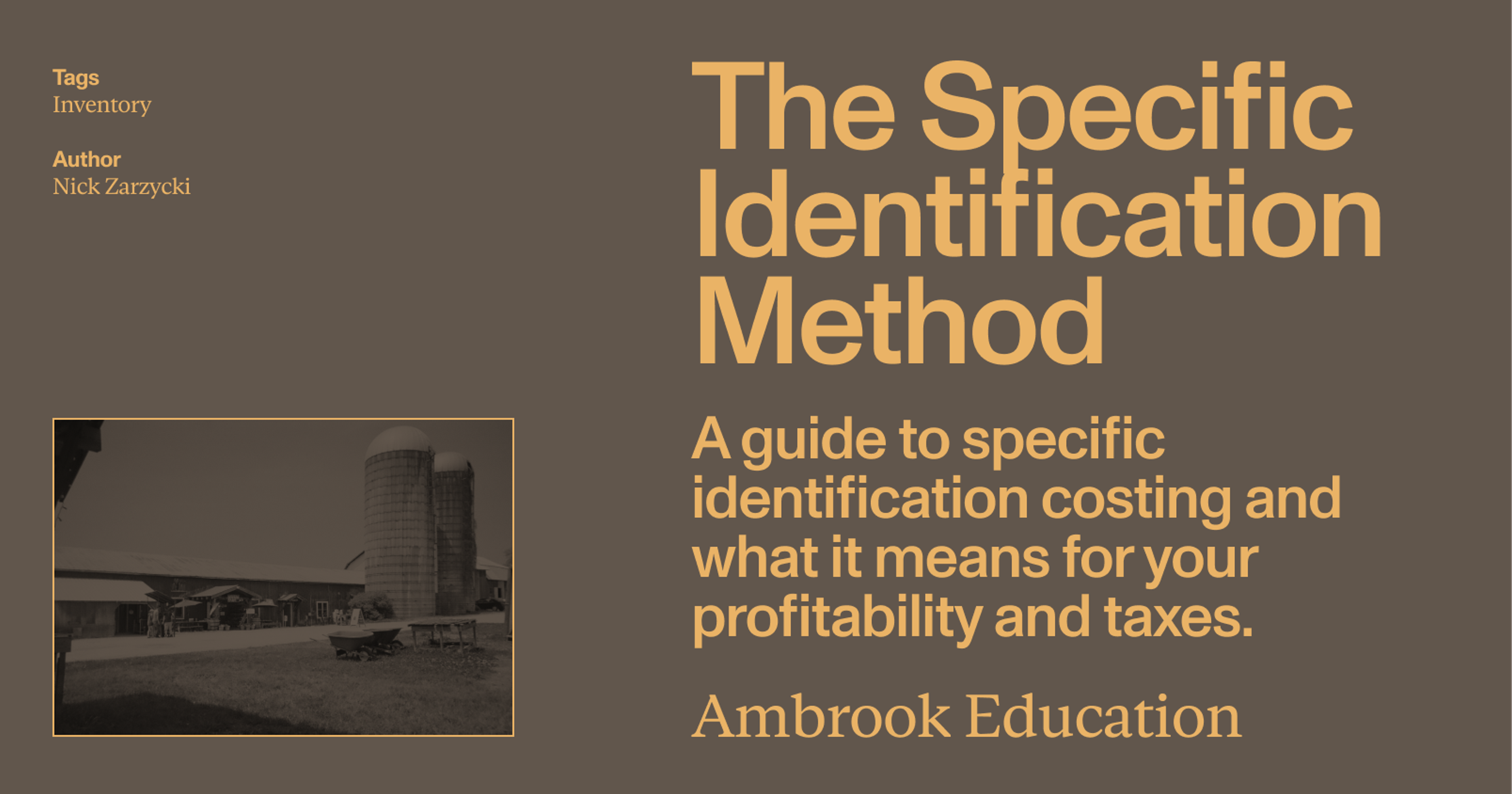When prices fluctuate, the weighted average cost method can smooth out volatility and simplify recordkeeping.
Weighted average cost (WAC) is a method of calculating cost of goods sold and inventory value that involves calculating the average cost of all units available for sale at that specific time.
Weighted average cost is generally simpler and less recordkeeping-intensive than other methods like FIFO, LIFO and specific identification, and can provide a more consistent cost basis when prices are changing by ‘smoothing out’ price volatility.
What is the weighted average cost method?
When inventory items that are difficult to separate and track individually are purchased or produced at different prices and then sold or consumed, businesses often choose one of four costing methods to provide a consistent way to calculate inventory and cost of goods sold:
Unlike FIFO and LIFO, which assume that certain items are sold or used first, and unlike specific identification which makes no assumptions about costs and calculates them precisely, the weighted average cost method calculates an average cost for each unit.
Weighted average cost formula
Calculating COGS and inventory values using the weighted average cost method often involves three steps:
First, the total cost of inventory is calculated by multiplying the number of units in each lot by their unit price, and then adding up the total cost of each lot.
That number is then divided by the total quantity to get a weighted average cost (WAC) per unit.
The resulting WAC can then be used to calculate COGS by multiplying WAC by the number of units sold or used, or ending inventories by multiplying WAC by the total number of remaining units.
Expressed as a formula, the weighted average cost of inventory is:
Weighted average cost (WAC) = Total cost of inventory / Total quantityWeighted average cost may be used under either a periodic inventory system—where the average cost is calculated at the end of the period—or a perpetual (moving) average system, where the average is recalculated each time new inventory is received.
Weighted average cost: an example
Let’s say a dairy farmer purchases the corn silage they need to get through feeding season in several batches. Each batch costs a different amount due to changes in local availability and prices:
| Date | Quantity (tons) | Cost per ton | Total cost |
|---|---|---|---|
| Sept 25 | 100 tons | $40.00 | $4,000 |
| Oct 20 | 100 tons | $45.00 | $4,500 |
| Nov 25 | 100 tons | $50.00 | $5,000 |
Let’s say the operation uses 250 tons of corn silage during the feeding season, and wants to calculate its feed costs for that period, as well as the value of the remaining feed inventory.
Under the weighted average cost method, they would take the total cost of all the corn silage purchased ($4,000 + $4,500 + $5,000 = $13,500) and divide it by the total number of tons purchased (300 tons) to arrive at a weighted average:
Weighted average cost = Total Cost of Inventory / Total Quantity
Weighted average cost = $13,500 / 300 tons
Weighted average cost = $45/ton
To calculate total feed costs under this method, you multiply total tons consumed by the weighted average cost:
Total feed costs = 250 tons x $45/ton
Total feed costs = $11,250
To calculate ending inventory value, multiply the remaining inventory amount by the weighted average cost:
Ending inventory value = 50 tons x $45/ton
Ending inventory value = $2,250
Why do people use weighted average cost?
People use the weighted average cost (WAC) method primarily for its practicality and simplicity. It is especially useful when inventory items are commingled and cannot be individually identified—such as grain, milk, or oilseeds stored together in a common silo or tank—making it impossible to trace which batch came from which purchase. By averaging costs across all units, WAC provides a fair representation of the combined cost of goods.
Additionally, it reduces the recordkeeping burden compared with methods like FIFO or specific identification, while smoothing out price fluctuations and offering a more consistent, stable cost basis for inventory valuation and financial reporting.
What are the downsides?
The weighted average cost (WAC) method may not always reflect current market conditions accurately, as it can obscure specific cost variations and produce different tax and profit outcomes compared to FIFO or LIFO.
Additionally, under the average cost method, a new weighted average must be recalculated each time inventory levels change to update the per-unit cost. This ongoing recalculation can be time-consuming and may make the method impractical or cost-prohibitive for some operations.
FIFO, LIFO, specific identification and weighted average cost: which one should I use?
The choice between FIFO, LIFO, specific identification and weighted average cost usually comes down to your businesses‘ accounting, financial and tax goals.
If you grow perishable crops or fresh produce like vegetables, fruit, or cut flowers, the FIFO (First-In, First-Out) method is a logical choice because older goods must be sold first to prevent spoilage.
LIFO can be advantageous when input prices (i.e., fuel, feed, livestock for resale) are rising, because it matches more recent, higher input costs against current revenues, which could potentially reduce taxable income.
For producers who cultivate, raise or sell high-value, individually identifiable items such as purebred cattle, horses, orchard trees or vineyard lots, the specific identification method can be appropriate. This approach tracks the actual cost and sale of each unique item—for example, a stud farm might record the full cost of raising and selling each registered horse.
Use Ambrook to take stock of your finances
Ambrook is a complete financial platform for your agricultural operation. With Ambrook, you get a complete set of books and detailed financial insights—making it easier to value inventory, calculate your profit, and plan for the future.
With time-saving bookkeeping automation features, automatically-generated financial reports, streamlined bill pay and invoicing, and other powerful accounting and financial management tools, Ambrook takes the guesswork out of running your business. Want to learn more? Schedule a demo today.
Want to learn more about Ambrook?
This resource is provided for general informational purposes only. It does not constitute professional tax, legal, or accounting advice. The information may not apply to your specific situation. Please consult with a qualified tax professional regarding your individual circumstances before making any tax-related decisions.






